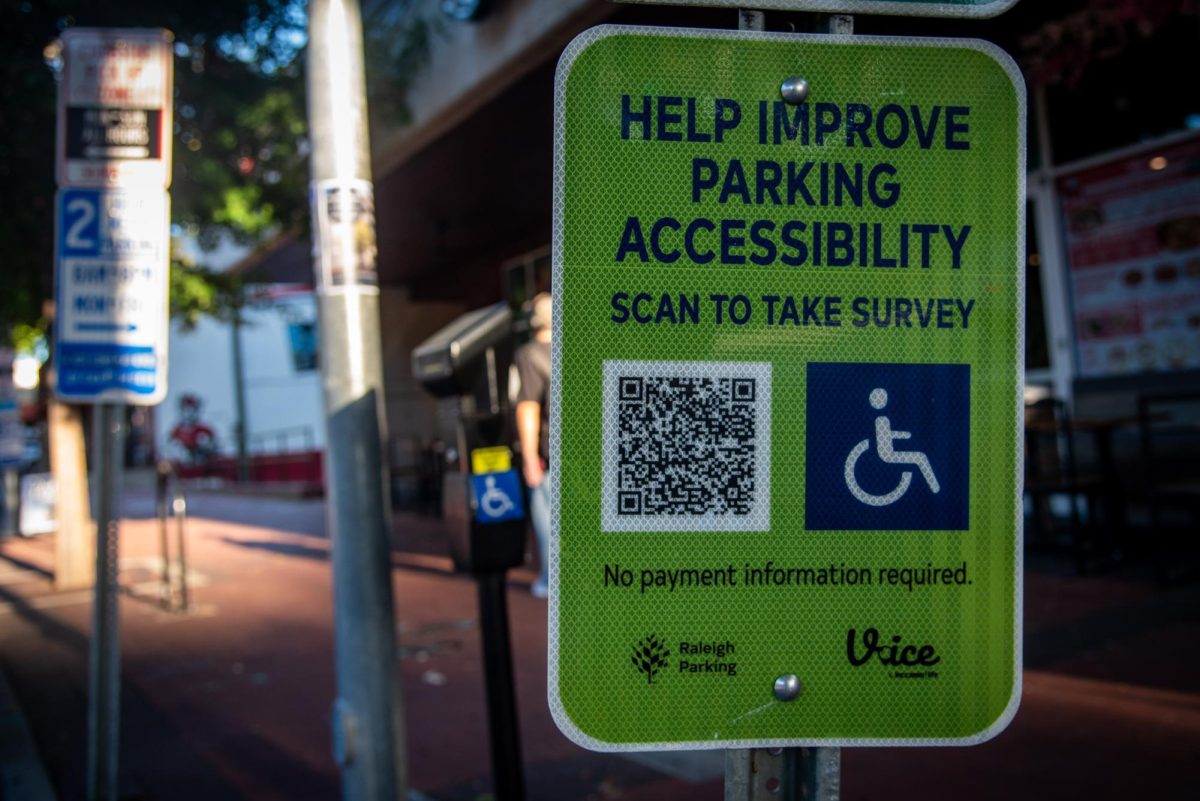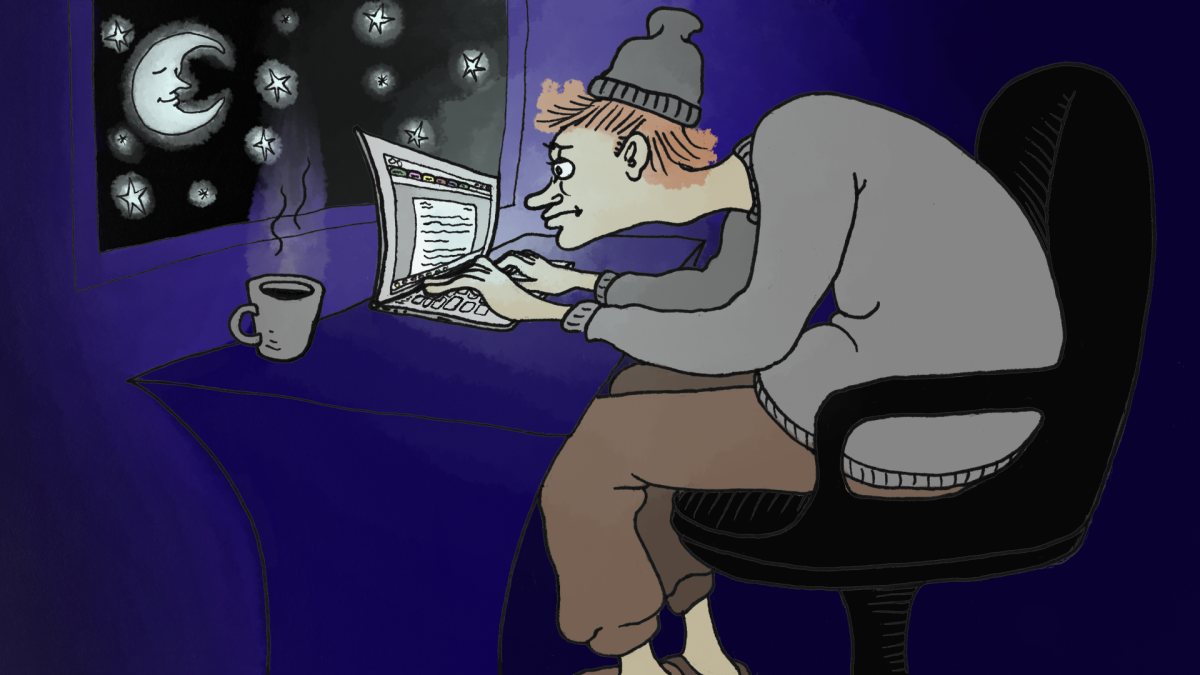Elizabeth Scharpf worked with the World Bank as a graduate student in Mozambique and while on an assignment at a bag factory, she was shocked to hear 20 percent of the factory workers missed 30 days a year.
In Mozambique and around the developing world, women lose an average of five years of work and schooling due to menstruation. The problem seemed so foreign to her, she didn’t know how to react without confusion and frustration.
“My job that summer was to talk to different businesses and entrepreneur to make their businesses more efficient. When I found out that pads cost more than a day’s worth of wages and women would go home in embarrassment, I was just darn right pissed off,” Scharpf said. “I harnessed that energy and made sure I did something about it.”
Since that incident, Scharpf has spent the last three years developing Sustainable Health Enterprises [SHE] to address the issue of lack of pads and female products for women on their period in developing countries. Scharpf spearheaded her project to develop altnerative pads for women in Rwanda, a central African country that has a 20 percent tax on menstrual pads, making them unaffordable for many women.
Scharpf’s goal for SHE is to finance self-sustaining businesses in developing countries that can provide solutions to the public health needs. In many countries, women use rags instead of menstrual pads and Scharpf is now working on designing a business plan that produces and sells pads for women by women.
“The amount of foreign aid that has been poured into Africa in the last five years is astounding,” Scharpf said. “In total, it has been $2.3 trillion. If we want to make a change, we can’t just address it with money.”
While on the ground in Rwanda, Scharpf and material science students from MIT found potential in banana stalk fibers for pad production. Scharpf contacted Med Byrd, director of applied research in forest biomaterials, to help develop the potential in banana stalks.
“At first, this stuff is like twine,” Byrd said. “It’s coarse and sinks in water. It was like it had nothing to offer at all. But we have worked on the process the fiber and it is as thirsty as a sponge.”
Byrd and his research team found that macerating the fibers in water and then dry fluffing them transformed them from useless hydrophobic material to extremely absorbent fibers.
“It’s like cotton and it can take in 20 to 28 grams of water per gram of fiber,” Byrd said.
The average menstrual pad can absorb 11-18 grams of water per gram of absorbent fiber. Compared to commercial pads, pads made with the banana stalk fiber can cost half as much and it provides jobs, according to Byrd.
Cameron Gazdeck, a senior in biological sciences, studies public health and said he was shocked to hear about how menstruation is a problem in developing countries.
“I thought Elizabeth’s attitude was really great on how she’s working to make a different,” Gazdeck said. “I understand how she was initially shocked. I think her efforts and work is a good stepping stone for social change and to successfully address this issue that can be overcome.”
Marian McCord, associate professor in textile engineering, said N.C. State will continue to engage in SHE’s work and promote public health awareness. To McCord, N.C. State is ready to challenge many barriers in global public health.
“We are working to expand our engagement in global health through NCSU Global Health Initiatives and my goal is to get more students involved in this, because students ultimately want to make changes, just like Elizabeth,” McCord said.




